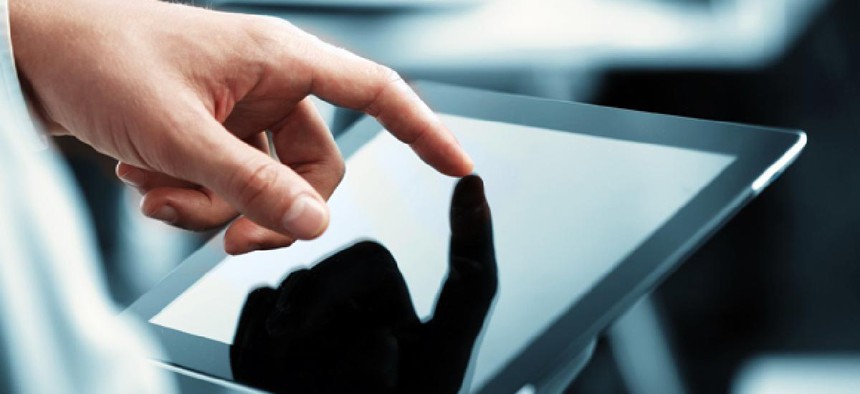9 New Ways to Sit in the Office, Thanks to Smartphones and Tablets

Peshkova/Shutterstock.com
Mobile computing has changed the way we communicate, the way we work ... and the way we lounge.
The workplace most of us are accustomed to has been optimized for the desktop computer: Start with a table, plop a machine on top of it, add a chair, add a human. This has not been the most creative of systems, maybe, but it's made sense: The computers in question have been expensive and bulky and, by design, stationary. Everything else, human included, has been relatively flexible.
But that set-it-and-forget-it model of office ergonomics could be changing. As smartphones and tablets -- computers whose whole point is their mobility -- become more ubiquitous in our lives, they're becoming more common at the office. And they're changing not just the way we communicate with other people, but the way our bodies communicate with their surroundings.
Steelcase, the office furniture manufacturer, realized that its product designs would likely need to adapt to this new mobile-enabled workspace. So the company conducted a study of office workers -- 2,000 of them, across 11 countries -- to see how they relate to the many machines they now use to get their work done. And through in-person observations, interviews, and snapshots of people at work, Steelcase concluded that the way we compute is, indeed, changing the way we sit. "What we noticed," says James Ludwig, Steelcase's vice president of global design and engineering, "was these new technologies, this new breed of devices -- and the new sociology we were seeing at work -- had driven nine new postures that we had never seen before."
(Image via Peshkova/Shutterstock.com)





